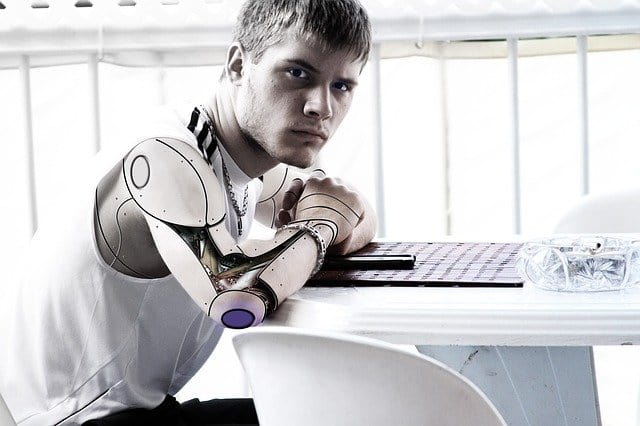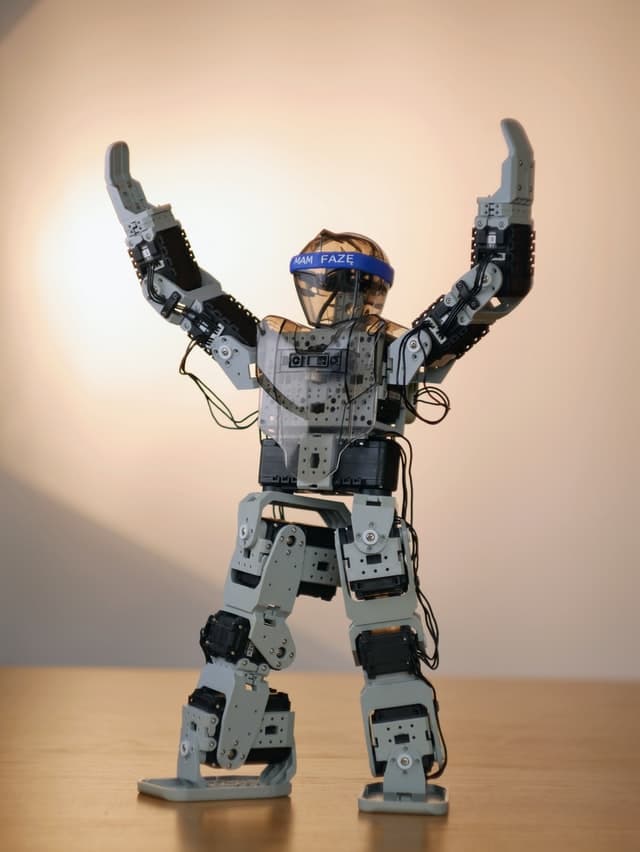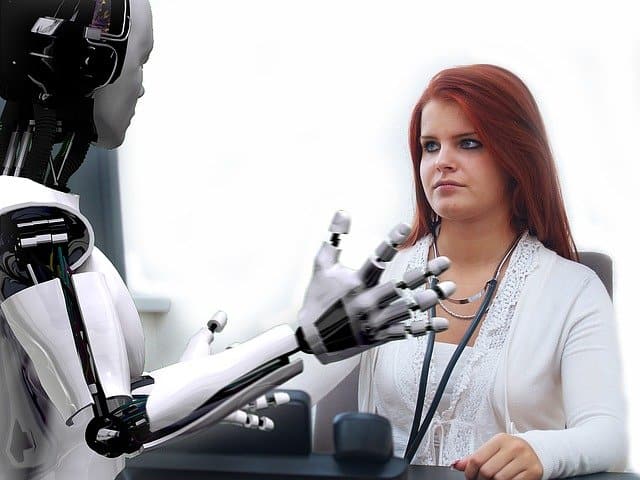The main idea behind creating Taboo Talks a public website is to let people feel free to share their experiences, ideas, views or content on topics they consider taboo.
What is Exoskeleton, and why DRDO interested in it?
With the advancement of technology and development in warfare and along with the current events need of the hour is advanced warfare equipment so that our Indian soldiers can work with a total capacity. So with this, DRDO is developing a technology that will benefit our Indian Defence forces and that technology is Exoskeleton.

The Exoskeleton, also known as power armour, exo-frame is a mobile machine consisting primarily of an outer framework worn by a person and powered by a system of motors, hydraulics, or pneumatics that delivers at least part of the energy for limb movement.
The primary function of a powered exoskeleton is to assist the wearer by boosting their strength and endurance. They are commonly designed for military use to help soldiers carry heavy loads both in and out of combat.
In addition, similar Exoskeletons can help pre-fighters, and other rescue workers survive the dangerous environment.
History of Exoskeleton
- The earliest-known exoskeleton-like device was an apparatus for assisting movement developed in 1890 by Russians. It used energy stored in compressed gas bags to help in motion, although it was passive and required human power.
- In 1917, United operated on steam power with artificial ligaments acting parallel to the wearer’s movements. This system was able to supplement human power with external power.
- In the 1960s, the first actual ‘mobile machines’ integrated with human movements began to appear. A suit called Hardiman was co-developed by General Electric and the US Armed Forces. The suit powered by hydraulics and electricity and amplified the wearer’s strength by a factor of 25 so that lifting 110 kilograms would feel like lifting 4.5 kilograms. A feature called force feedback enabled the wearer to sense the forces and objects being manipulated.
Application of Exoskeleton
Medical
- Powered exoskeletons can improve the quality of life of individuals who have lost the use of their legs by enabling system-assisted walking.
- Exoskeletons may also help with the rehabilitation from stroke, spinal cord injury, or during ageing. Several prototype exoskeletons are under development.
Military
- Powered Exoskeletons can be an advanced factor towards modern warfare where a soldier’s ability in terms of strength can be improved substantially.
- They are commonly designed for military use to help soldiers carry heavy loads both in and out of combat.
Industry
- Passive exoskeleton technology is increasingly being used in the automotive industry to reduce worker injury (especially in the shoulders and spine) and reducing errors due to fatigue.[39][40] They are also being examined for use in logistics.
- These systems can be divided into two categories:
1.) exoskeletons for upper-limb for assisting shoulder flexion-extension movements
2.) exoskeletons for lumbar support for assisting manual lifting tasks
What are the limitations and problems faced by exoskeletons?

Power supply
One of the biggest problems facing engineers and designers of powered exoskeletons is the power supply. This is a particular issue if the Exoskeleton is intended to be worn “in the field”. Batteries require frequent replacement or recharging and may risk explosion due to thermal runaway.
Skeleton
Steel is heavy, and the powered Exoskeleton must work harder to overcome its weight, reducing efficiency. Aluminium alloys are lightweight but fail through fatigue quickly. Fibreglass, carbon fibre, and carbon nanotubes have considerably higher strength per weight.
Actuators
Joint actuators also face the challenge of being lightweight yet robust. Technologies used include pneumatic activators, hydraulic cylinders, and electronic servomotors.
The flexibility of human anatomy
The flexibility of human anatomy is a design issue for traditional “hard” robots. Several human joints such as the hips and shoulders are ball and socket joints, with the centre of rotation inside the body. Since no two individuals are precisely alike, fully mimicking the degrees of freedom of a joint is not possible. Instead, the exoskeleton joint is commonly modelled as a series of hinges with one degree of freedom for each dominant rotation.
Spinal flexibility is another challenge since the spine is effectively a stack of limited-motion ball joints. There is no simple combination of external single-axis hinges that can easily match the full range of motion of the human spine. Because accurate alignment is challenging, devices often include the ability to compensate for misalignment with additional degrees of freedom.
Advanced Warfare

- For 21st century soldiers on the battlefield, being networked for C41 capabilities is critical.
- The soldier is now moving with advanced helmets, radios, night-vision goggles, body armour, which adds to the weight which fatigues him.
- WHAT IS C41?
1.) The acronym C41 stands for “command, control, communications, computers, and intelligence”.
2.) Command and control are about decision making, the exercise of direction by a properly designated commander over assigned and attached forces in accomplishing a mission and is supported by information technology (the computers and communications part of C41).
3.) The United States aggressively exploits these technologies to achieve information superiority, intending to perform better and faster decisions.
- According to China, they already have built the Exosexelton technology and are currently using it around Tibet and Ladakh region.
Why India is working on an Exoskeleton?
- Defense Research and development organisation (DRDO) ’s Defence Bioengineering and Electro-medical Laboratory (DEBEL) has been for some time collating data for Simulation and Analysis of Musco-skeletal parts, like lower limb stimulation (while the soldier is standing)
- DRDO and DEBEL are working over two exoskeletons:
1.) Passive Exoskeleton
2.) Powered Exoskeleton.
- A powered exoskeleton differs from a passive exoskeleton because a passive exoskeleton is not powered by a system of electric motors, pneumatics, levers, hydraulics, or a combination of technologies. However, similar to a powered exoskeleton, it does give mechanical benefits to the user.
Conclusion and India’s current stand over Exoskeleton
- This technology is quite expensive and is the future of warfare; many nations have already developed this kind of technology to some extent.
- On the other hand, India has only touched the surface and has barely touched this technology, this is going to take some time, but our DRDO is well capable of creating if well funded and supported by the government.
India’s Challenges
1.) With Indian troops actively deployed in extreme places like Siachen, cold/hot desert regions, to a high humidity place like the North East region, the Environmental specs of the Exo-suit are incredibly demanding.
2.)Further, to deny any use of captured Exo suits by adversaries, a high-grade ‘lock’ passcode mechanism shall be required.
- This technology could be the future of warfare; this can help not only our soldiers help our soldiers and the NDMA workers.
- This technology can save the life of our soldiers on the front.
- But as per my faith, DRDO and our Private players are well equipped to turn this dream into reality with some time and support from the government.
INSTITUTIONS THAT SHAPED MODERN INDIA: DRDO
The narrative of ‘modern India’ would be incomplete without the stories of institutions that helped shape India as we know it today


